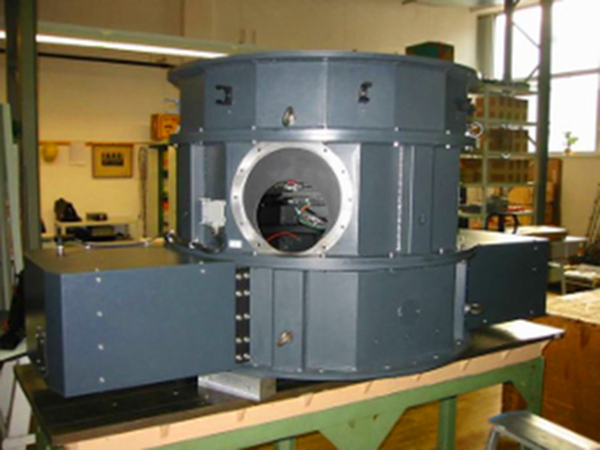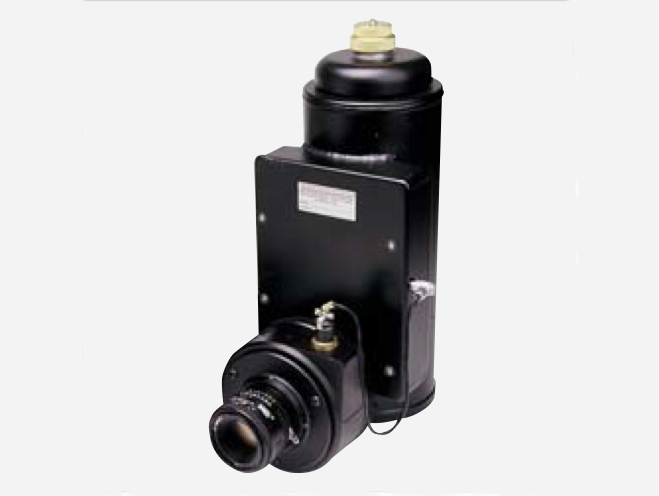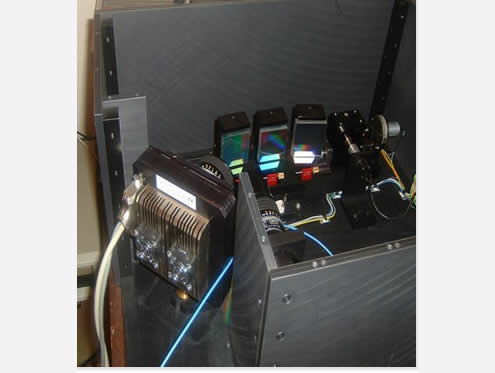Features, Optics & Parameters
The Aristarchos telescope (Ritchey-Chretien design) was constructed by the German company Carl Zeiss Carl Zeiss GmbH and was inaugurated in the summer of 2007. The telescope uses technology that is common in larger 8-10 m class telescopes. As a consequence the telescope’s positional accuracy is better than 2 arcsec, while it can follow targets with a positional offset better than a fraction of an arcsec within an hour.
The diameter of its primary mirror is 2.3 m. The field of view is about 10 arcmin in diameter at the sideport, and 1 degree diameter at the Cassegrain focus. The telescope can reach a limiting magnitude of V~24 in an hour of observation on a dark night, while the limiting magnitude for spectroscopy is about V~19 with the low resolution ATS spectrograph.
Acquisition and Guiding Unit (AGU)
The Acquisition and Guiding Unit (AGU) is mounted on the Cassegrain rotator of the telescope. The AGU provides 5 focal stations for the astronomical instruments, one for the corrected field with 1.05° diameter and four side looking focal stations for the field with 10arcmin diameter. The science fold Mirror directs the light from the telescope to any of the side looking focal stations.
The AGU also provides an offset guiding system (AGS). The AGS patrols a wide field to find bright stars, off axis from the target of interest to the astronomer.
All these functions are to be carried out with reduced vignette of the path of the science beam, or without introducing stray light or extra emission at the science focal plane.








